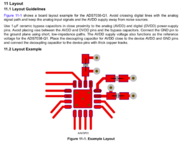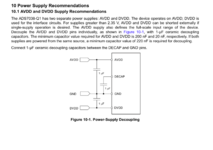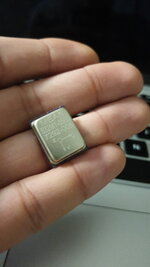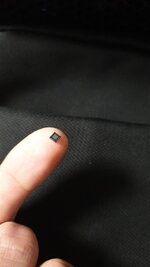jadkh
Newbie level 4
Hello,
I found a 3-axial accelerometer with +/-500g that has a +/-1.25V range. The bias voltage (0g) is at half of the reference given (It does not give negative voltage).
If I'm supplying it with 3.3V, the bias voltage will be at 1.65V, so the range will be nominally 0.4V to 2.9V.
I am to read it with a 12-bit resolution ADC (ADS7038).
Can anyone help me with matching the readings of the ADC to obtain -500g at 0.4V and +500g at 2.9?
I appreciate your help.
I found a 3-axial accelerometer with +/-500g that has a +/-1.25V range. The bias voltage (0g) is at half of the reference given (It does not give negative voltage).
If I'm supplying it with 3.3V, the bias voltage will be at 1.65V, so the range will be nominally 0.4V to 2.9V.
I am to read it with a 12-bit resolution ADC (ADS7038).
Can anyone help me with matching the readings of the ADC to obtain -500g at 0.4V and +500g at 2.9?
I appreciate your help.



